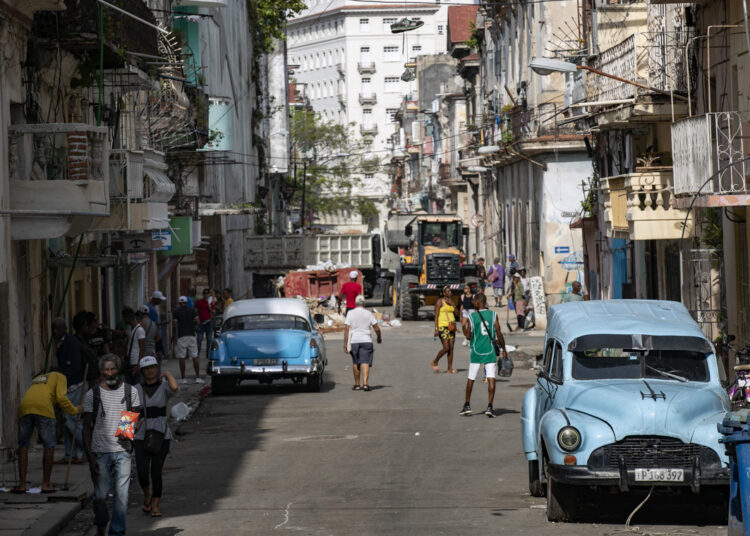The Cuban economy contracted by 1.9% in 2023, as confirmed this Monday by the Ministry of Economy during the work session of the Economic Affairs Commission of the National Assembly of People’s Power (ANPP).
Minister of Economy Alonso Vázquez said that “the complex scenario continues, marked by high fiscal deficit and monetary emissions above what is recommended.”
El ministro de Economía indicó que, como parte de la descentralización, se crearon nuevas estructuras para la atención del desarrollo territorial y de los actores económicos, aunque reconoció que se debe trabajar para cubrir las plantillas.https://t.co/J7iXEHQna6
— Cubadebate (@cubadebatecu) July 15, 2024
“We have insufficient income in foreign currency, external credits, and low recovery of national production. At the same time, there are limitations with fuel and energy; high and persistent inflation, and high foreign debt,” he added, quoted by Cubadebate.
Four years marked by a crisis
The figures, which are usually made public in the middle of the year following the fiscal year, fall within the range ― of a drop of between 1 and 2% ― that the government had planned for the end of 2023, as highlighted by EFE news agency.
In this way, for four years Cuba’s economy continues below the levels before the COVID-19 pandemic.
In 2020, the country recorded a 10.9% drop in its GDP, followed by a timid growth of 1.3% and 1.8% in 2021 and 2022, respectively.
Among the reasons for the contraction in 2023, Alonso Vázquez assured that they are the result of U.S. sanctions, the lack of foreign currency and product supply, the lack of fuel, the excess of cash in circulation, among other “distortions.”
Vázquez stressed that the tourism and hotel sector was the one that contributed the most to the GDP of the previous year, with 13%. On the other hand, he warned that in 2024 the figures “have not been encouraging.”
✍️| Las 11 comisiones tendrán en agenda unos 90 temas, antecedidos por una amplia labor de los diputados durante este año.
Los parlamentarios evaluarán asuntos como el plan de la economía, la bancarización, la zafra azucarera, el transporte y otros.
| https://t.co/UmC4xHZNie pic.twitter.com/aUfHoFVUfj
— Presidencia Cuba (@PresidenciaCuba) July 15, 2024
For example, he affirmed that in the first half of the year, the country received 88% of the foreign exchange income it had planned. This translates into $222 million less than anticipated.
He also reported that there remains an “excess of money in circulation” and a “high concentration” of it “outside” the island’s banking system, which adds to an “insufficient supply of goods and services.”
All this, together, makes it “very difficult” to lower the inflation rate in Cuba, around 30% year-on-year.
Measures to cut expenses
The Cuban Parliament will endorse this week a new government adjustment plan, the second in just six months. The Council of Ministers has presented a battery of measures to cut expenses ― from suspending public investments to reducing budget items ― which mainly sought to increase income, in pesos and foreign currency.
The country is mired in a deep crisis, which has been aggravated by the combination of the pandemic, U.S. sanctions and errors in economic and monetary management.
The infinite “viandazo”: what we should not forget about the past
Added to the imbalance in the external balance (Cuba imports 80% of what it consumes, according to the United Nations, and hardly exports) is the public deficit. The official estimate places it at 18.5% of GDP this year, which would be the fifth consecutive year in the red.
Inflation has been a scourge since the implementation of the so-called “Reorganization Task,” a failed economic and monetary reform. A carton of 30 eggs exceeds the minimum state salary and filling the tank of a car costs more than an average salary, points out the Spanish news agency.











Cuba should join BRICS.